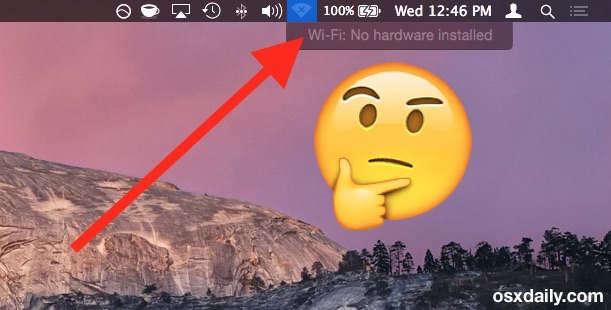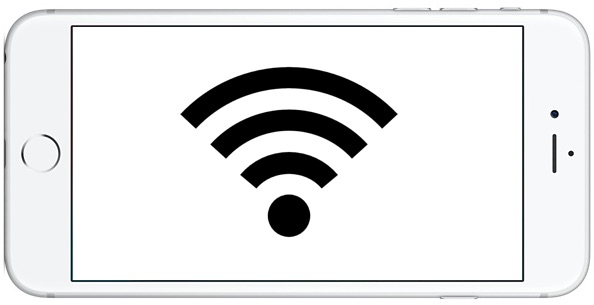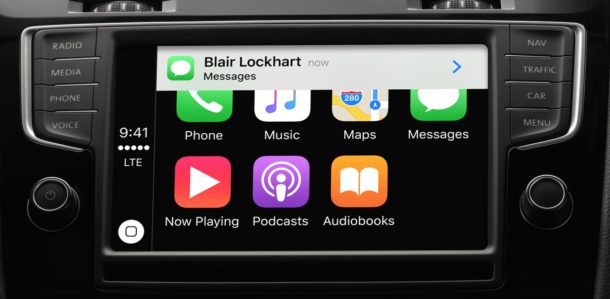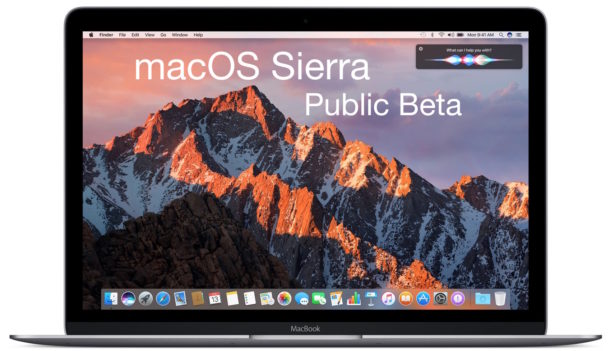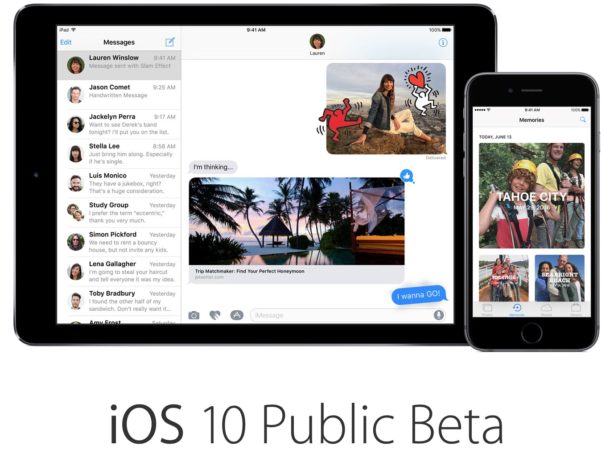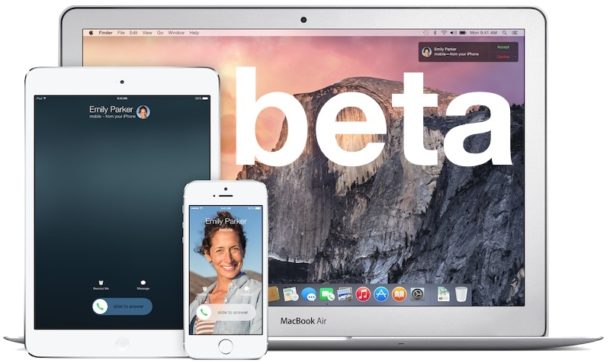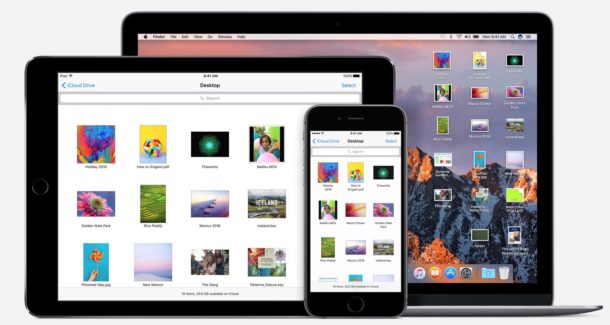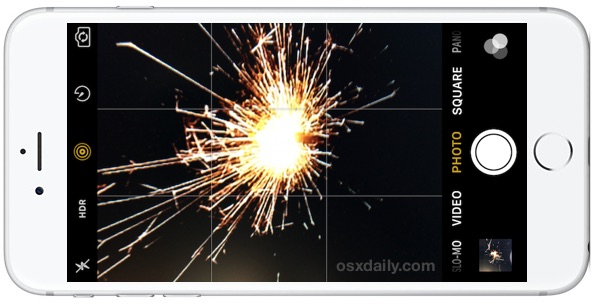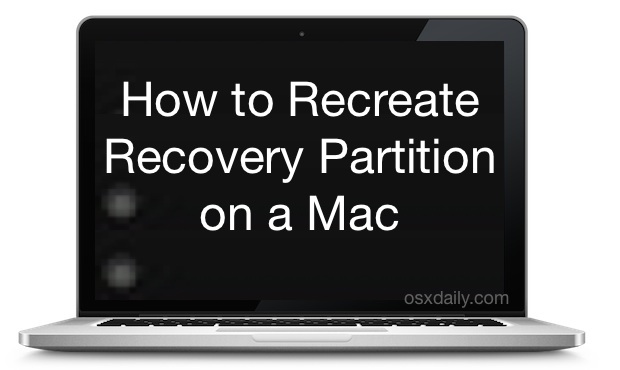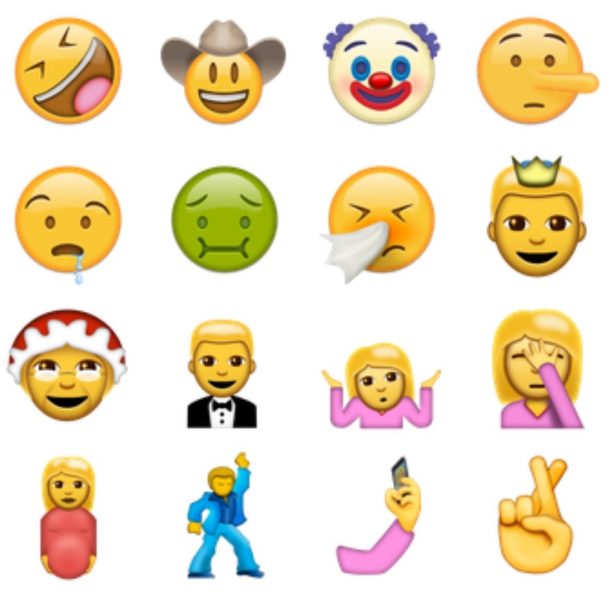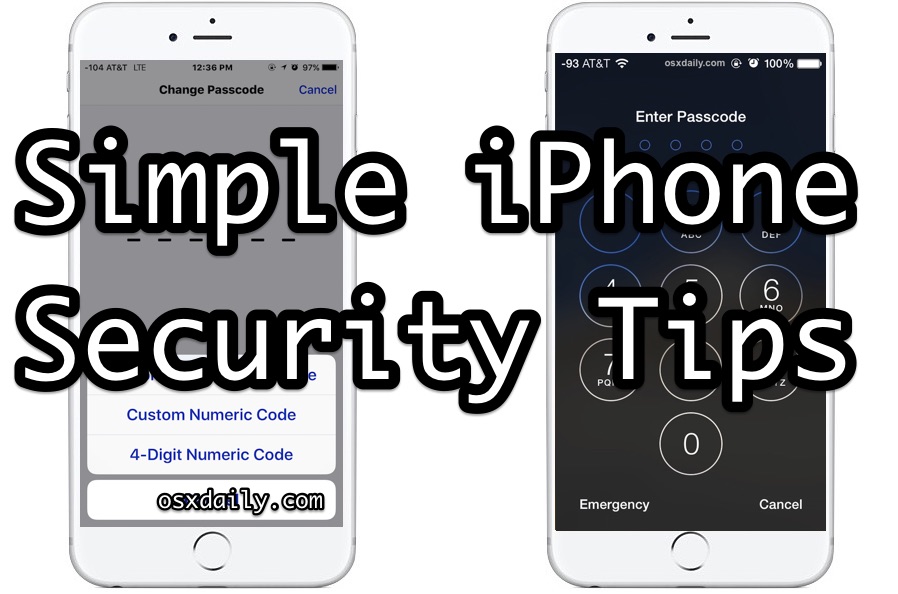How to Forward an Email from iPhone Mail Properly
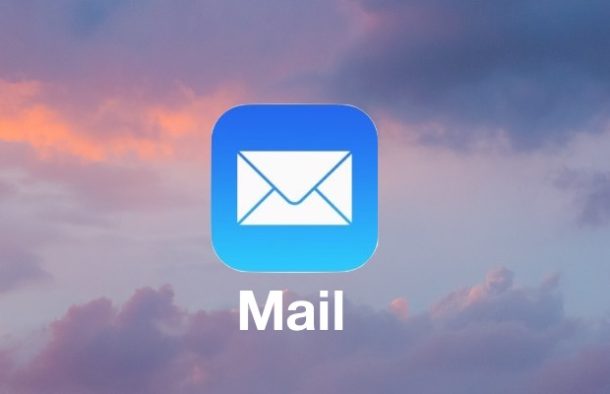
Having full email access from anywhere is one of the great perks of an iPhone. Forwarding an email is one of the more popular Mail app abilities in iOS, but it is commonly misused or even accidentally used. Let’s review how to properly forward an email from iOS Mail app in order to pass it along to another email address, so that you can be sure you’re using the feature as intended.

